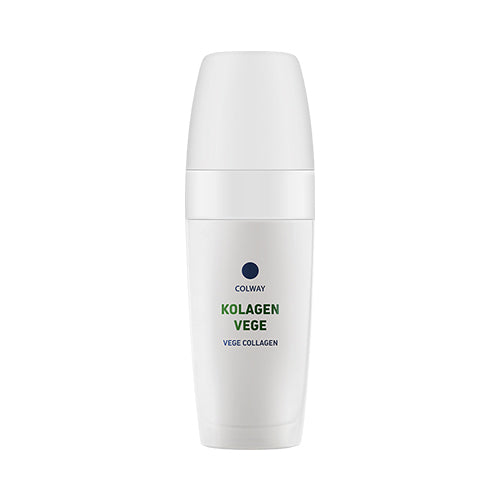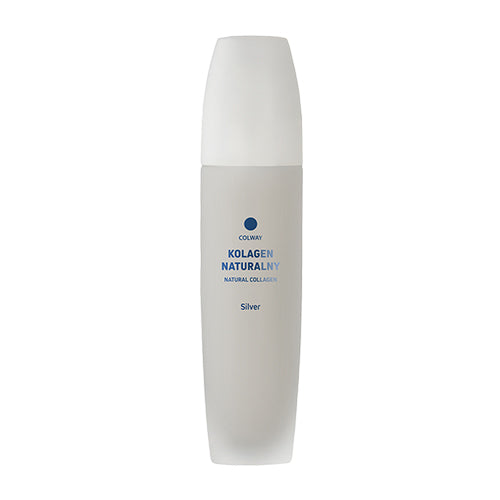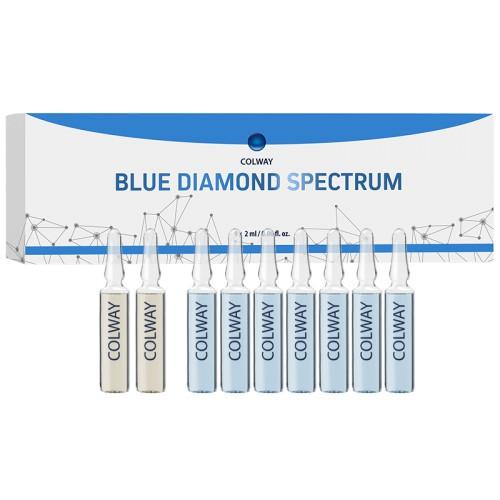About Genetic Cosmetics.....Introduction.
By analysing the genome, we are able to identify the genetic variations undergone by each person, determine the effect that they will have on the skin and recommend a specific Genetic Cosmetic
The Human Genome Project
The human genome is present in each and every cell of our bodies and defines what we are like, from our hair colour to the way our bodies function.
For years, science worked to decode the 3 billion letters that make up the human genome. The Human Genome Project achieved this goal in 2003, when the map of the genome was completed.
One of the most surprising findings was the discovery that people are 99.9 % genetically identical. And the small remaining 0.1 % determines the way we look, our predisposition for certain diseases and the way our bodies react to a given medication.
The Book of Life: DNA
DNA is often described as the human body’s book of instructions, as it contains the genetic information for cellular growth and function.
It is grouped into 23 pairs of chromosomes, half of which come from the mother and the other half from the father. Two of those chromosomes, the X and Y, determine the person’s sex.
Each chromosome is made up of more than 25,000 genes, which act as units of information that determine the hair colour, the skin type, the number of white blood cells and countless other aspects...
DNA is represented by 4 letters, corresponding to each of the nucleotides to which they make reference: Adenine (A), Thymine (T), Cytosine (C) and Guanine (G).
Throughout the genome alterations take place in these “letters”. Those alterations are known as SNP (single-nucleotide polymorphism).
These variations directly affect our bodies, making them stronger or weaker. For example, an alteration in the gene responsible for collagen production can lead us to have more or less collagen than the usual amount and as a result, we would be more or less prone to having wrinkles.
Genetic Analyses
Thanks to genetic research, it is now possible to "read" a person’s genome, identify the presence of alterations, assess their effects on the body and design a customised treatment that takes into account the gene map and is therefore much more effective.
The one.gen/0.1 genetic analysis evaluates the genetic variations related with cellular longevity, tissue architecture, pigmentation, wrinkles, cellular detoxification, hypersensitivity of the skin and increases in the BMI. Current and future problems /deficiencies are also diagnosed in order to create an appropriate formula.
Personalised Genomic Cosmetics
Genetic research has come to the world of cosmetics with one.gen/0.1. By analyzing the genome, we are able to identify the genetic variations undergone by each person, determine the effect that they will have on the skin and recommend a specific cosmetic product.
-
1. DNA Analysis
Using an exclusive system (genotype array), the DNA is analysed and the person’s genetic map is drawn up. The one.gen/0.1 skin DNA test analyses 105 genetic variables and is currently the most complete genetic skin test in the world.
-
2. Analysis of the circumstances
Despite the importance of genetics, lifestyle also has a great bearing on how our bodies change. Circumstance Analysis detects the variables that will directly affect how genes are expressed.
-
3. Assessment
All the information gathered is processed using advanced technology (bioinformatic algorithms), the most appropriate active ingredients are selected and a personalised cosmetic formula is created.
-
4. Creating a customised treatment
A personalised cosmetic treatment is designed, consisting of a cream with a specific formula that targets the specific needs of each person, a micro-exfoliating skin preparation cream, a moisturising supplement and a set of dietary and lifestyle-related recommendations.













